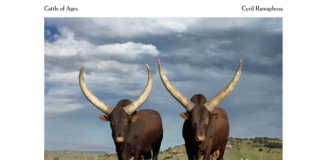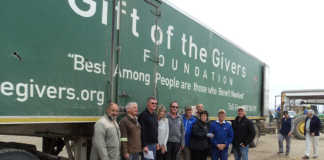But there has been one notable exception to this trend. Industry leaders have reported an increase in local sales of sparkling wine. Su Birch, CEO of Wines of South Africa (WOSA), said wine exports for 2012 reached 417 million litres, 10 million more than the previous record of 407 million litres achieved in 2008, and a 17% increase on volumes in 2011.
This was due to a more favourable currency, as well as the global shortage of wines, stemming from a significant drop in the recent harvests of competitor wine-producing nations in Europe, Latin America, Australia and New Zealand, said Birch.
During the past five years, local sales increased by about 4 million litres from 278 million litres to 282 million, but share of the total liquor market declined from 7,9% to 7,4%.
However, sparkling wine, and the Méthode Cap Classique category in particular, has been bucking this trend. ‘Sparkling wine’ is wine that has had carbon dioxide added to it, while Méthode Cap Classique (MCC) refers to SA’s ‘Champagne’ produced according to the traditional French method, where the bubble in the wine is created using a combination of sugar and yeast to incite a secondary fermentation of the wine in the bottle.
According to SA Wine Industry & Information Systems (SAWIS), sparkling wine (including MCC) represented only 3% in volume terms of the total local wine sales, but a significant 9% in value. Over the past five years, sales of sparkling wine increased by more than 8% from 8 million litres to 8,65 million litres and the value increased from just under R500 million to over R726 million.
SAWIS statistics show that the MCC category, which represents 22,5% of the sparkling wine market with annual volumes of around 2 million litres, grew by 6,7% between August 2011 and August 2012. According to Pieter Ferreira, cellarmaster at Graham Beck Wines and the chairperson of the Cap Classique Producers’ Association, the demand for MCC had doubled every five years over the past decade.
“It’s also interesting to note that five years ago there were only about 60 MCC producers in South Africa and now there are about 110 producers, 82 of which are members of the association,” he said. According to his estimate, production is likely to increase by 12,5% in 2013. He also said that local sales of MCC accounted for roughly 80% of total sales and only those who produced very large volumes of MCC exported these wines. More than 95% of total exports of MCC are attributed to only 10 producers.
Ferreira said the growth in local demand can, in part, be ascribed to the rise of the ‘wine bar’ concept in SA, where consumers can try out new wines and new styles by buying a single glass instead of a whole bottle. He said people also no longer associated drinking sparkling wine only with ‘special occasions’. “It’s become a lifestyle drink that’s enjoyed to celebrate life, every day of the year,” said Ferreira.












